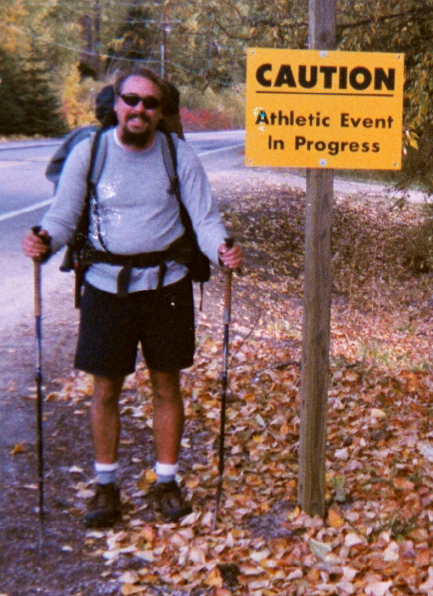While there is no direct connection, collectively these issues reflect the tension between rural Westerners involved in ranching, farming, and logging, and those in growing urban and recreational areas where people are more likely to have a friendlier attitude toward wildlife. In all cases, wild species' need for adequate habitat is competing against human interests.
Tuesday was to have been the deadline for public comment on a proposal before the EPA to outlaw the use of sodium cyanide and sodium fluoroacetate to kill wild animals that prey on sheep and cattle. But at the request of the American Veterinary Medical Association, the deadline was extended to March 5.
Sodium fluoroacetate typically is used in "livestock protection collars" strapped onto the heads of grazing animals. When the predator, usually a coyote, tries to bite the stock animal it gets a mouthful of poison instead. Sodium cyanide is used in a device known as the "M-44 ejector" baited on the ground to attract coyotes, foxes, or wild dogs preying on livestock or poultry.
Earlier this month, Rep. Peter DeFazio (D) of Oregon introduced legislation outlawing the production and use of the two poisons, which the EPA classifies as having "acute toxicity." Mr. DeFazio points out that the two chemicals have killed growing numbers of dogs and other pets as well as "nontarget" wild animals including some endangered species.
Some type of predator control may be necessary I do not like adding indiscriminate poisons to the environment.
Update: It seems Finland is having a problem with wolves. At least no one there wants to release poison into the environment.
Finland, which joined the European Union in 1995, came under criticism that its hunting practices did not mesh with European habitat directives. So in 2001, the Finnish government tightened its hunting laws to meet European Union standards. Finnish law now states that every kill must be covered by a permit and restricts the number of permits to about 10 percent of a particular predator’s known numbers.
Seven years later, the populations of wolves, lynxes, brown bears and wolverines in Finland have grown substantially, according to the Ministry of Agriculture and Forestry in Helsinki. In this area, the number of wolves has roughly tripled since 1996, and attacks on reindeer herds have increased more than threefold in the past 10 years.
The level of anger about the hunting restrictions is high here. In one telling example, Stavros Dimas, the European environment commissioner who insisted on the hunting crackdown to protect the endangered predators, received a bullet in his mailbox from an irate hunter.
In the US they would have shot near the game warden or some other terrorist threat.



No comments:
Post a Comment